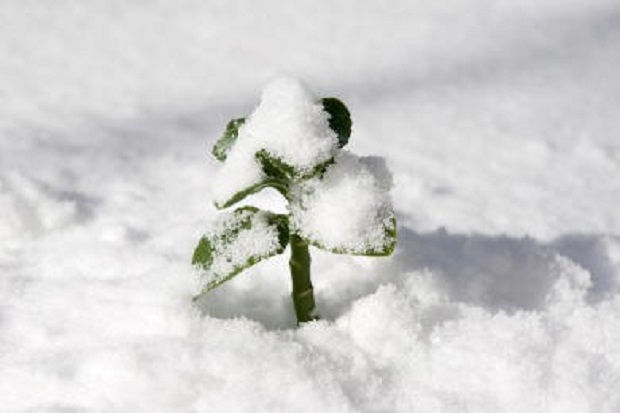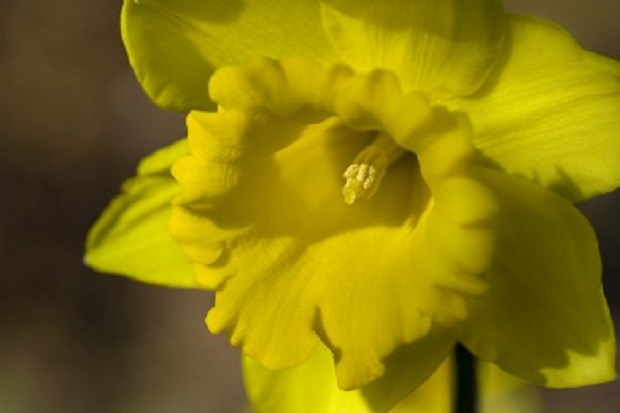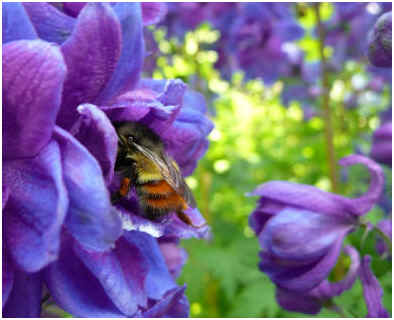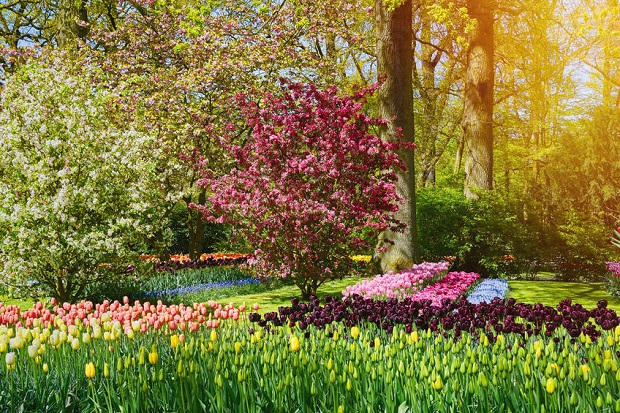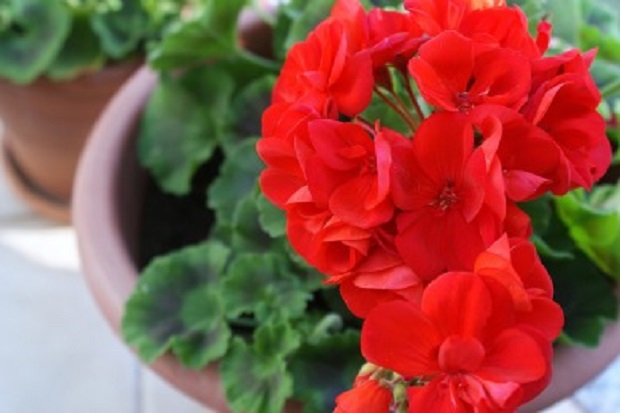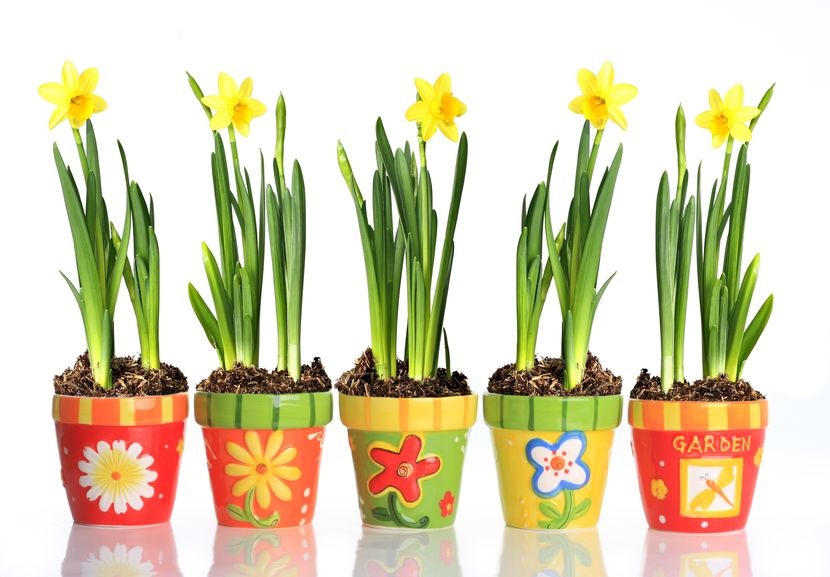
Are Daffodils Poisonous?
Daffodils are poisonous in that they can cause illness when ingested but rarely do they cause fatalities.
Poisonous Parts of the Daffodil
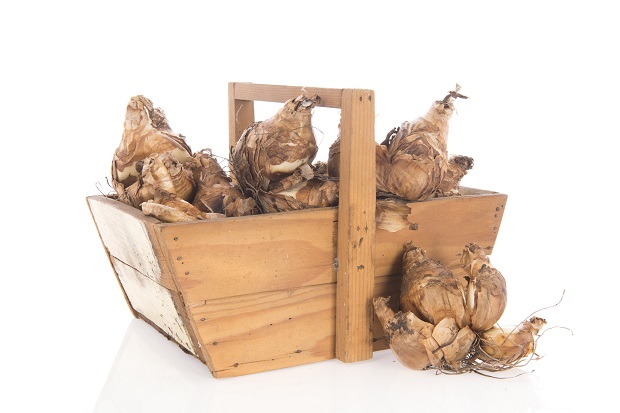
Daffodils contain phenanthridine alkaloids and calcium oxalate crystals that are found throughout the plant, including the leaves, roots, stems, flowers, and sap. These are poisonous if ingested. The highest concentration of these poisonous alkaloids is found in the bulbs.
Symptoms of Daffodil Poison

Daffodils pack a one-two punch when it comes to being poisonous. First, they contain the toxic chemical lycorine, the highest concentration of which is in the bulb. Ingesting lycorine can cause abdominal pain, nausea, vomiting, and diarrhea. Next, they contain needle-like oxalate crystals that, when ingested, can cause skin irritation and severe burning of the lips, tongue, and mouth.
According to Poison.org, most symptoms are not usually life-threatening and will resolve within a few hours.
Daffodil Pickers’ Rash
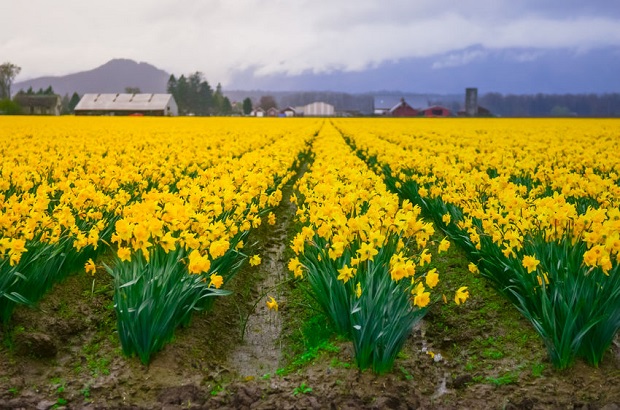
Contact dermatitis, sometimes severe, can occur when handling tulips. The painful rash was given the name “daffodil picker’s rash” because it is a common condition among those who pick daffodils for a living. The rash is caused by the contact of the plant’s sap with exposed skin. The plant’s sap contains crystals of calcium oxalate and alkaloids that act as a skin irritant resulting in sores. Though this rash most commonly affects those who handle large quantities of daffodils, those with sensitive skin or allergies should take precautions when handling daffodils.
Make sure to wear gloves and long sleeves when you handle daffodil bulbs or harvested flowers.
Be careful what you touch with your gloved hands after handling large quantities of daffodil stocks and bulbs. For example, don’t brush the hair from your face or touch any other exposed skin.
Keep Away from Children and Pets
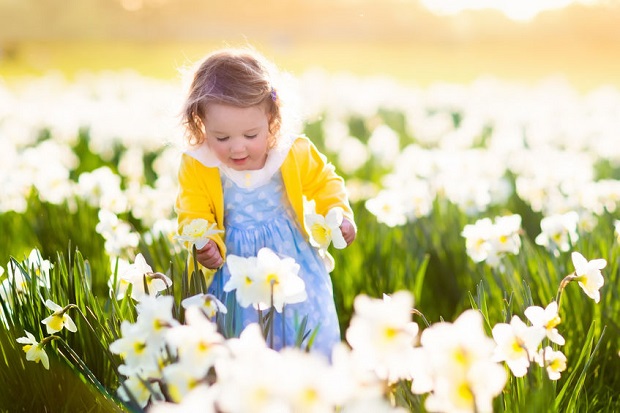
Ingesting a daffodil bulb would surely cause problems for humans and animals alike. The good news is that the same calcium oxalate crystals, which are poisonous, are also needle-like and very sharp, which is why animals in nature, such as deer and rabbits, avoid daffodils as a food source.
That being said, you can’t be too cautious when it comes to your children or pets. Either don’t plant daffodils at all or plant them in an area unreachable by your loved ones.
Daffodils Are “Poisonous” to Other Flowers
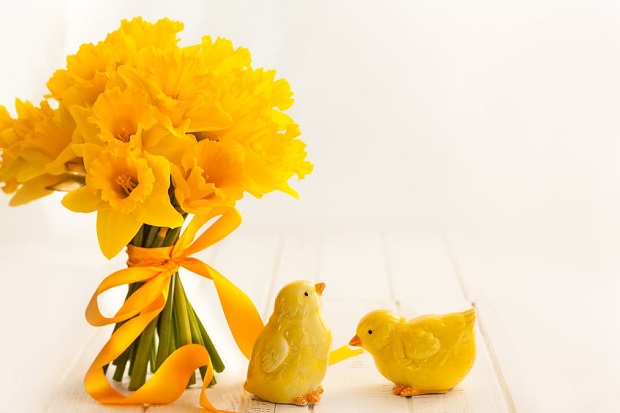
If you plan to add daffodils to your flower arrangement, be aware that the life of the entire arrangement will be cut nearly in half. An interesting study published in the Journal of Horticulture Science found that the sap of even one daffodil added to an arrangement of tulips and roses had a deleterious effect on all of the flowers in the arrangement, so when you see that striking arrangement of strictly daffodils at your favorite florist shop, you know there is a good reason!
Resources
“Narcissus. Common Name(s): Daffodils, Jonquils, Narcissus, Paperwhites, Tazettas.” North Carolina Extension Gardener Plant Toolbox. Web. 16 March 2020.https://plants.ces.ncsu.edu/plants/narcissus/
“Daffodils. Beautiful but Potentially Toxic.” Poison.org. Web. 16 March 2020. https://www.poison.org/articles/2015-mar/daffodils
Julian, Bowers. “The nature and distribution of daffodil pickers’ rash.” Journal of Contact Dermatitis. December 1997. Vol. 37, No. 6, pp: 259-262
“Baffling Daffs.” Gardenprofessors.com. Web 16 March 2020. http://gardenprofessors.com/baffling-daffs/
van Doorn, W.G. “Effects of Daffodil Flowers on the Water Relations and Vase Life of Roses and Tulips.” Journal of Horticulture Science. January 1998. Vol. 123, No. 1, pp: 146-149

